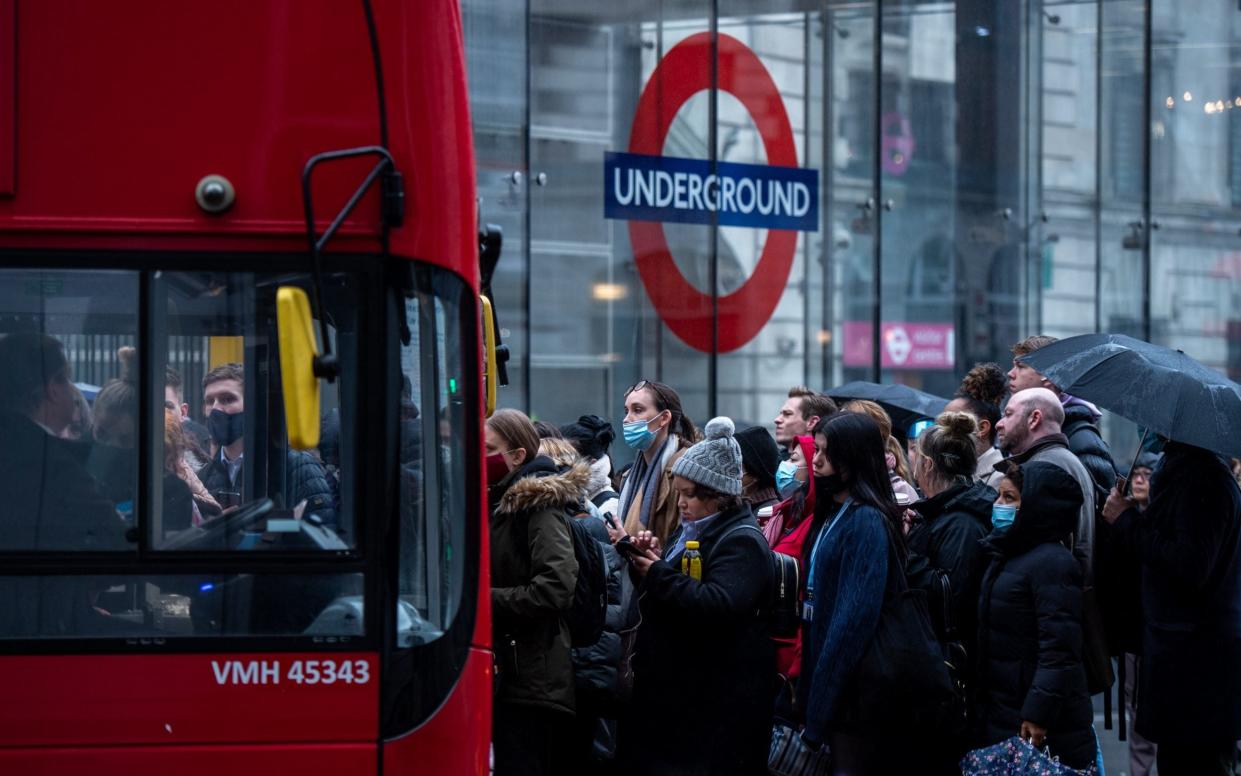Retired public sector workers to get £2,000 pension boost as inflation surges

Millions of retired public sector workers are to be handed an extra £2,000 in their pensions as ministers prepare to increase payments in line with surging inflation.
Former civil servants, teachers and NHS staff are expected to get a 10pc increase in payments from their final salary schemes, equal to an average £1,000 a year. This will be paid in addition to a £1,000 increase in the state pension.
It comes after the Government pleaded for working people to accept a real terms pay cut to prevent price rises from spiralling out of control.
Ministers earlier this week confirmed the return of the "triple lock" for state pensions, meaning they will increase by September's inflation figure, which the Bank of England expects to be around 10pc.
The Government is legally required to increase public sector pensions by the same amount as benefits.
It will pile further pressure on the Exchequer at a time when public sector costs are already precariously high.
The state’s pension liabilities were almost the same size as the entire British economy in March 2020 at £2.2 trillion, government accounts show. They are now almost certainly larger than annual GDP.
John O’Connell at the Taxpayers’ Alliance, warned the costs should be “a wake up call” to the authorities.
He said: "Those in the public sector have pensions which private sector workers could only dream of.
"These latest figures are a wake up call for the scale of the financial challenge facing us, not just today but for years into the future.
"With public sector pension liability now around 100pc of GDP, it's imperative on the government to ensure that new public sector pensions are properly funded."
The triple lock means state pensions will rise by the highest of September's inflation figure, earnings or 2.5pc.
A 10pc increase will push up payments by £18.50 per week, or £962 annually, and increase the state pensions bill by around £10bn.
The average retired public sector employee has a workplace pension of £10,000 a year, according to the National Audit Office, meaning they will get another £1,000 increase if this rises by 10pc.
A Treasury spokesman said: “It is a legal requirement that public service pensions must be increased by the same rate as the increase applied to state benefits, including the state additional pension.”
Salary-linked pensions, where workers are given a guaranteed, inflation-proof percentage of their income for life after retirement, have all but disappeared in the private sector and have been replaced by more risky stock market-linked schemes.
However, they are still far more common in the public sector and benefit around 2.8m former staff.
Meanwhile, people in work have been asked by the Government and Bank of England to show “restraint” in pay demands to help keep down inflation.
In April, when inflation hit 9pc, the average worker’s pay rose by only 6.8pc on the year.
In the public sector, average pay growth was even lower at 1.5pc.
On top of that, the increase in the pension is permanent whereas much of the recent rise in cash payments to businesses’ employees came in the form of bonuses rather than a more long-term increase in salaries.
Civil servants are also unlikely to receive a raise anywhere close to inflation when salary decisions are made this summer, with Government departments told no extra funding is available for salary settlements larger than those planned last year, before the spike in inflation.
The rising pension cost further squeezes Rishi Sunak’s ability to cut taxes or increase spending to support the economy through the cost of living crisis, as he has to fund future state sector pension payouts.
The Office for Budget Responsibility’s latest Fiscal Risks Report warned of the dangers in financial markets “perceptions of government debt risk… depend on wider pressures on the public sector balance sheet, including the stock of debt-like obligations, such as public sector pensions.”
The watchdog said that on a ranking comparing different rich countries’ public sector assets against liabilities, “the UK’s relatively high debt stock, significant public sector pension liabilities, and paucity of financial and non-financial assets, place it at the bottom of the league table.”
The Treasury said that the current workforce’s payments reflect their expected future pensions.
“Public sector pensions are funded by contributions from current public sector workers and their employers. Pension contributions are regularly assessed to ensure they are set at a level which takes into account the affordability of future liabilities,” the spokesman said.
“Pension liabilities are spread over several decades, so a total liability figure is a misleading measure of affordability.”


